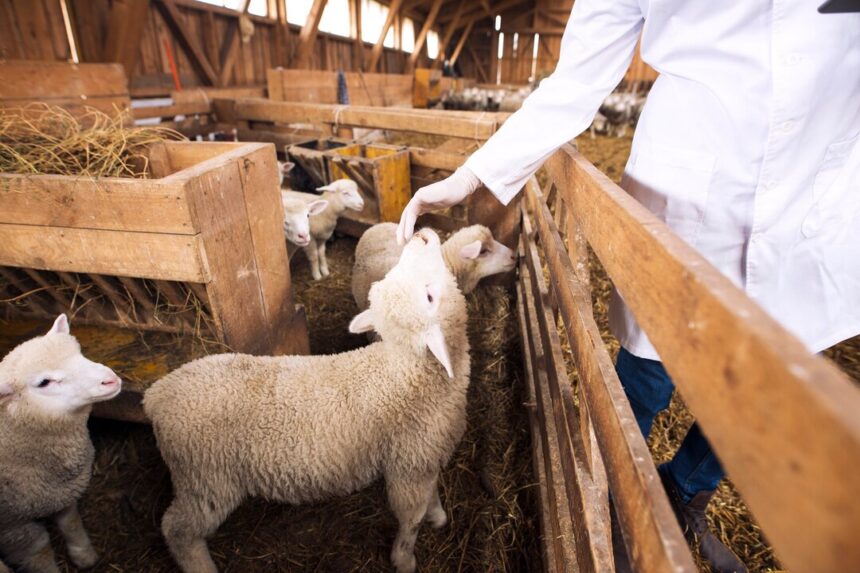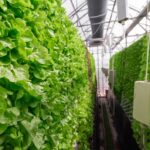Expanding your farm with the addition of new animals can be an exciting and rewarding experience. However, introducing new animals to your existing farm ecosystem requires careful planning and consideration to ensure the health, safety, and well-being of both the newcomers and your current livestock. Whether you’re bringing in new livestock for breeding, production, or companionship, following these best practices can help facilitate a smooth and successful transition.
1. Quarantine New Animals:
Before introducing new animals to your farm, it’s crucial to quarantine them for a period of time to prevent the spread of diseases to your existing livestock. Set up a separate quarantine area with its own housing, feeding, and watering facilities, preferably located away from your main farm. Keep the new animals isolated for at least two to three weeks while monitoring them for signs of illness or disease. Consult with a veterinarian to develop a quarantine protocol tailored to the specific needs of your farm and the animals you’re bringing in.
2. Conduct Health Checks:
Before purchasing or acquiring new animals, conduct thorough health checks to ensure they are free from infectious diseases, parasites, and other health issues. Work with a qualified veterinarian to perform physical examinations, fecal tests, and blood tests as needed. Only bring in animals that are healthy, vaccinated, and certified disease-free to minimize the risk of introducing pathogens to your farm.
3. Introduce Animals Gradually:
When introducing new animals to your farm, avoid sudden or abrupt introductions that can cause stress and territorial disputes among the animals. Instead, introduce them gradually, allowing them to become familiar with each other’s presence before full integration. Start by placing the new animals in adjacent enclosures or pastures where they can see, smell, and hear each other without direct contact. Over time, gradually allow supervised interactions between the new and existing animals until they become accustomed to each other.
4. Monitor Social Dynamics:
Pay close attention to the social dynamics and behavior of the animals during the introduction process. Watch for signs of aggression, bullying, or dominance displays, which can indicate tension or conflict within the group. Provide ample space, resources, and opportunities for the animals to establish their social hierarchy and territory without resorting to violence. Be prepared to intervene if necessary to prevent injuries or ensure the safety of all animals involved.
5. Provide Separate Feeding and Watering Stations:
To minimize competition and reduce the risk of food or waterborne diseases, provide separate feeding and watering stations for the new and existing animals during the introduction period. Ensure each group has access to adequate nutrition, clean water, and appropriate feed rations tailored to their age, species, and nutritional requirements. Monitor feeding behavior and consumption to detect any signs of illness, stress, or nutritional imbalances.
6. Maintain Biosecurity Measures:
Throughout the introduction process, maintain strict biosecurity measures to prevent the spread of diseases between animals and minimize the risk of contamination from external sources. Practice good hygiene, such as handwashing and disinfection of equipment and clothing, when moving between different animal groups or farm areas. Implement biosecurity protocols for visitors, vehicles, and equipment entering and leaving the farm to prevent the introduction of pathogens.
7. Seek Professional Guidance:
If you’re unsure about the best practices for introducing new animals to your farm or if you encounter any challenges during the process, don’t hesitate to seek professional guidance from a veterinarian, agricultural extension agent, or experienced livestock producer. They can provide valuable advice, guidance, and support to help ensure the safe and successful integration of new animals into your farm environment.
Introducing new animals to your farm can be a rewarding experience, but it requires careful planning, preparation, and management to ensure a smooth transition and the well-being of all animals involved. By following these best practices for safely introducing new animals to your farm, you can minimize the risk of disease transmission, social conflict, and other challenges, allowing your livestock to thrive in their new environment.
Join 'Farmers Mag' WhatsApp Channel
Get the latest Farming news and tips delivered straight to your WhatsApp
CLICK HERE TO JOIN






